Demystifying the blockchain with a bottle of wine
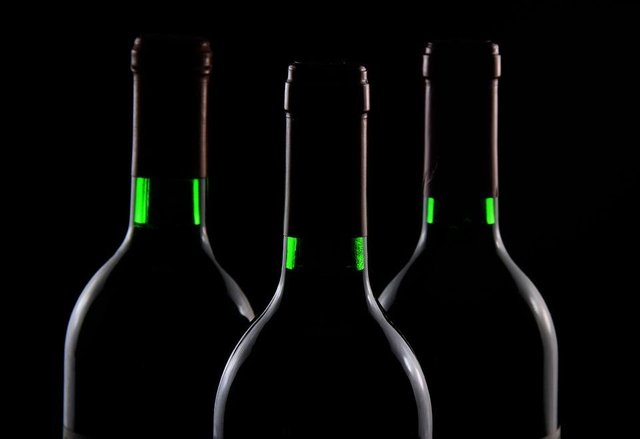
In this guide I will be explaining the blockchain technology behind Bitcoin and its component parts (blocks, chains transactions and nodes). Specifically I will be diving into how this technology enables transactions to take place and how they are recorded inside a public ledger.
Mary buys a bottle of wine from John
I am going to use this everyday example of a transaction to help explain the blockchain and its component parts. Recently I volunteered on a natural wine farm in Chile where I did actually buy a bottle of wine with Bitcoin!
Read “Buying Wine with Bitcoin at a farm in Chile”
Public Address

- Each person or business that wants buy or sell using Bitcoin has a free public address on the blockchain.
- When Mary buys the bottle of wine she sends Bitcoin to John’s public address which creates a transaction on the blockchain
- This address is like a bank account number
- To find out more how cryptocurrencies work read my guide “Demystifying Cryptocurrencies”
Wallet

- This can be either a software program on a computer/smartphone like Coinomi or more secure physical device like a ledger nano s
- Mary and John use the wallet to reference their public addresses on the blockchain, check their balances and send/receive bitcoin
- Similar to how a PayPal wallet works to send money to another person
- To learn more about wallets click here
Blockchain

- Transactions are stored inside blocks
- Each block has a size limit (2mb for bitcoin) and contains between 300 and 1000 transactions
- Once a block is full a new empty block is automatically created
- All blocks are intrinsically linked - they know about each other
- The chain is the link between blocks so they get created in date order
Transactions
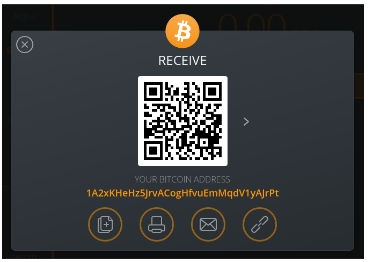
- When Mary sends some Bitcoin to John’s public address a transaction is created.
- Mary’s public address reduces and John’s increases in Bitcoin
- Transactions cannot be reversed, instead John would have to send the same amount back to Mary as a new transaction
- To change a transaction in one block would also mean changing all the millions of transactions in other blocks because everything inside the blockchain is connected.
Node
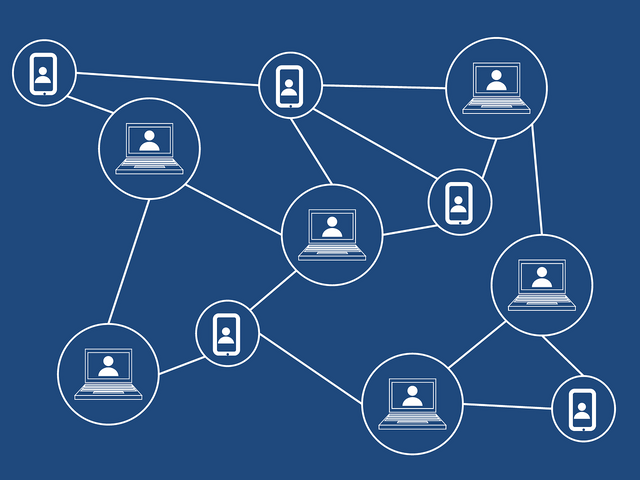
- The blockchain exists distributed on thousands of computers worldwide called “nodes”
- Anyone can download the blockchain onto their computer and become a node
- Changes (transactions) are synchronised automatically between nodes to maintain the blockchain
- Currently there are over 8000 nodes which gives the Bitcoin blockchain stability (100 nodes going offline has no effect on the blockchain)
- If a node falsifies a transaction (i.e. tries to counterfeit and create new bitcoin) all the other 7999 nodes would not be able to come to consensus and reject the node.
Ledger
Click on link below to show all transactions for a public Bitcoin address:
https://www.blockchain.com/btc/address/3FQRJYsQRXpYcTTeEnC6hHEGdwqxGchP8M
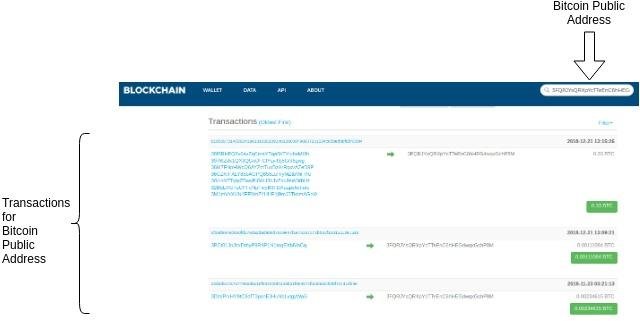
- The whole blockchain is a complete list of all transactions ever made
- Together they form a publically viewable ledger
- The ledger is updated automatically whenever a transaction takes place
Mining Node
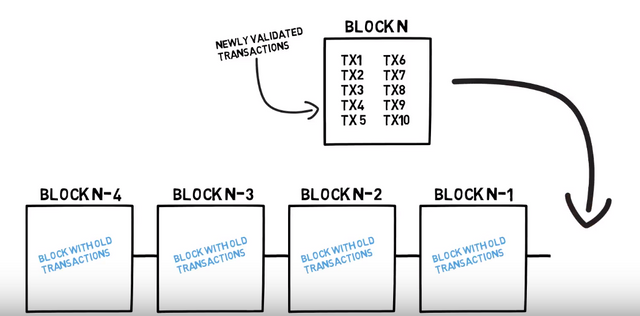
- Nodes which have a copy of the blockchain on their computers can also verify transactions and are called mining nodes or “Miners” for short.
- Anyone can own a miner or join a mining farm and verify transactions
- Mining nodes have much more computational power than regular nodes
- They use this power to solve complex maths problems which in turn verifies transactions
- Verifying means a miner checks that Mary’s wallet has enough funds to pay John and moves the Bitcoin to her public address, thus creating a transaction
- A miner fills a block with transactions and when it is full receives a reward in Bitcoin. Currently 12.5 bitcoin per block
- This reward increases the supply of Bitcoin in existence
- Again all the above processes are automatic and requires no human intervention
- Click here to read my guide on Bitcoin Mining.
Blockchain demystified!
So there you have it...for Mary to pay John for the wine they use their wallets to send bitcoin between public addresses. The mining nodes work hard to verify the transaction and add it to a block. This new block joins the existing blockchain. The ledger gets updated for the regular nodes to update each other with this new transaction. All of these processes are automatic and can be viewed publicly on the Bitcoin blockchain ledger
How I can help you?

My background is in technology and training and for over 10 years I have provided IT Support to home and small business users through my IT company ithound.co.uk. In recent years I have added cryptocurrencies to my product offering with cryptohound.me.
Whether you are a business wanting to accept cryptocurrencies or an individual interested in investing in them, I will help you get started and provide training and support to give you confidence using them.
I regularly write blogs both on my website and the Steemit platform so be sure to connect with me there if you want to keep up to date on cryptocurrencies and blockchain technologies.

Carl Hughes, The Crypto Hound
[email protected]
Signal Messenger: +447919 562 418
Telegram: @ flowingman
cryptohound.me | @Steemit | @Minds | @Twitter | @LinkedIn | @Trybe | @Gab
Posted from my blog with SteemPress : https://www.cryptohound.me/demystifying-the-blockchain/